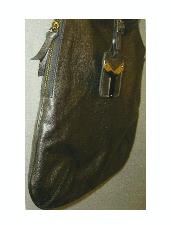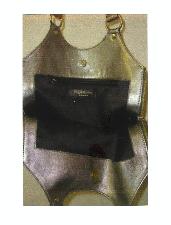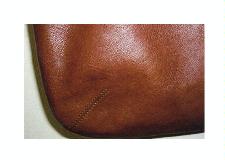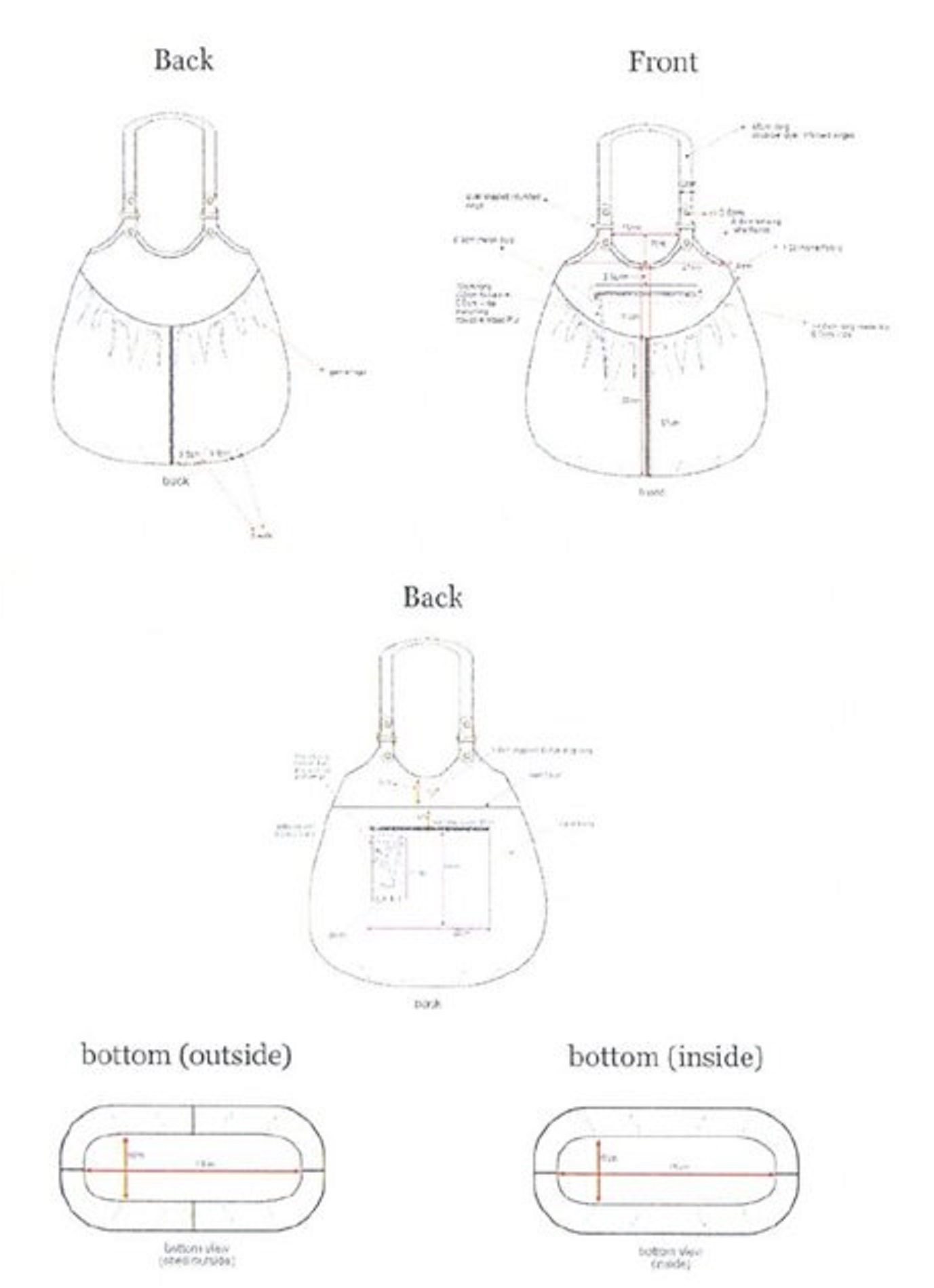

EGC: H&M’s design handbag battle against YSL
November 13, 2015
Categories:
Post date:
13. November 2015 - 13:32
The General Court (EGC) upheld the decision by the Board of Appeal (BoA) regarding the invalidity proceedings in respect of the Yves Saint Laurent SAS (YSL) registered Community designs (RCD) 000613294-0001 and 000613294-0002. The EGC held that the contested designs had individual character with respect to the H&M’s prior design and therefore rejected the applications for a declaration of invalidity. (Cases T-525/13 and T-526/13, Judgment of 10 September 2015)
Background of the case and subject matter
On 30 October 2006 YSL filed an application for two Community designs with the Office of Harmonisation in the Internal Market (OHIM). The designs were intended to be applied to ‘handbags’ in Class 03-01 of the Locarno Agreement Classification. The designs were both represented according to six views as follows:
RCD 000613294-0001 RCD 000613294-0002
On 3 April 2009 H&M Hennes & Mauritz BV & Co. KG (H&M) filed with OHIM applications for a declaration of invalidity in respect of the contested designs, claiming that the designs had no individual character within the meaning of Article 6 of Regulation No 6/2002. In support of the applications, H&M invoked the earlier design reproduced below:
In 2011 the Cancellation Division rejected the applications for invalidity. H&M filed a notice of appeal with OHIM and by decisions of 8 July 2013 the BoA dismissed the appeals. According to the BoA the earlier design and the contested designs had features in common but the differences in the shape, structure and surface finish were significant and differentiated the two bags for the informed user. The BoA found that the informed user in the present case was neither an average purchaser of handbags nor a particularly attentive expert, but someone in between who is familiar with the product in accordance with the level of attention established by case-law.
H&M did not dispute the BoA’s findings regarding the informed user. However, H&M appealed to the EGC claiming that it was erroneously concluded, and without sufficient reasons being given by the BoA that the high degree of freedom of the designer did not have any impact on the finding that the designs at issue produced a different overall impression on the informed user. It also claimed that it was erroneously concluded that even though it was accepted that the designer had a high degree of freedom, that the differences between the designs at issue were significant enough to create a different overall impression.
Decision of the EGC
The EGC upheld the decision of the BoA.
Firstly, the EGC rejected H&M’s claim that the BoA had not stated in a sufficiently clear and unequivocal manner the reasoning on which the decision was based on. Secondly, the EGC examined the requirements of individual character and the role of the designer’s degree of freedom in that consideration.
Under Article 6(1)(b) of Regulation No 6/2002, a registered Community design is to be considered to have individual character if the overall impression it produces on the informed user differs from the overall impression produced on such a user by any design which has been made available to the public before the date of filing the application for registration or, if a priority is claimed, the date of priority. Article 6(2) of that regulation states that, in assessing individual character, the degree of freedom of the designer in developing the design is to be taken into consideration.
The EGC stated that the assessment of the individual character of a Community design is the result of a four-stage examination. The examination consists in deciding upon
- the sector to which the products in which the design is intended to be incorporated or to which it is intended to be applied belong
- the informed user of those products in accordance with their purpose and, with reference to that informed user, the degree of awareness of the prior art and the level of attention in the comparison of the designs
- the designer’s degree of freedom in developing his design; and,
- the outcome of the comparison of the designs at issue, taking into account the sector in question, the designer’s degree of freedom and the overall impressions produced on the informed user by the contested design and by any earlier design which has been made available to the public.
Related
- "Neuschwanstein" is not a trademark!
- 1 December 2017: Madrid Monitor takes its place as the one and only tool for tracking international trademarks
- 1 January 2020 - Changes in Classifications - Trademarks, Designs, Patents and Utility Models
- 100th Anniversary of Bavaria (Germany) - A glance at trademarks, start-ups, innovation & events
- 10th Anniversary Edition - 10 Things to Know about LexDellmeier - Past, Present & Future
- 14 June 2013: Munich Patent Law Conference - Calculating Damages in Patent Infringement Cases
- 15 Top Brands - Interactive Brand Rating - Years 2000 - 2018
- 15 Years LexDellmeier - 2024 New Year Wishes
- 2014: Statistics for Community Trademarks
- 2024 World IP Day - Building Our Common Future with Innovation and Creativity












